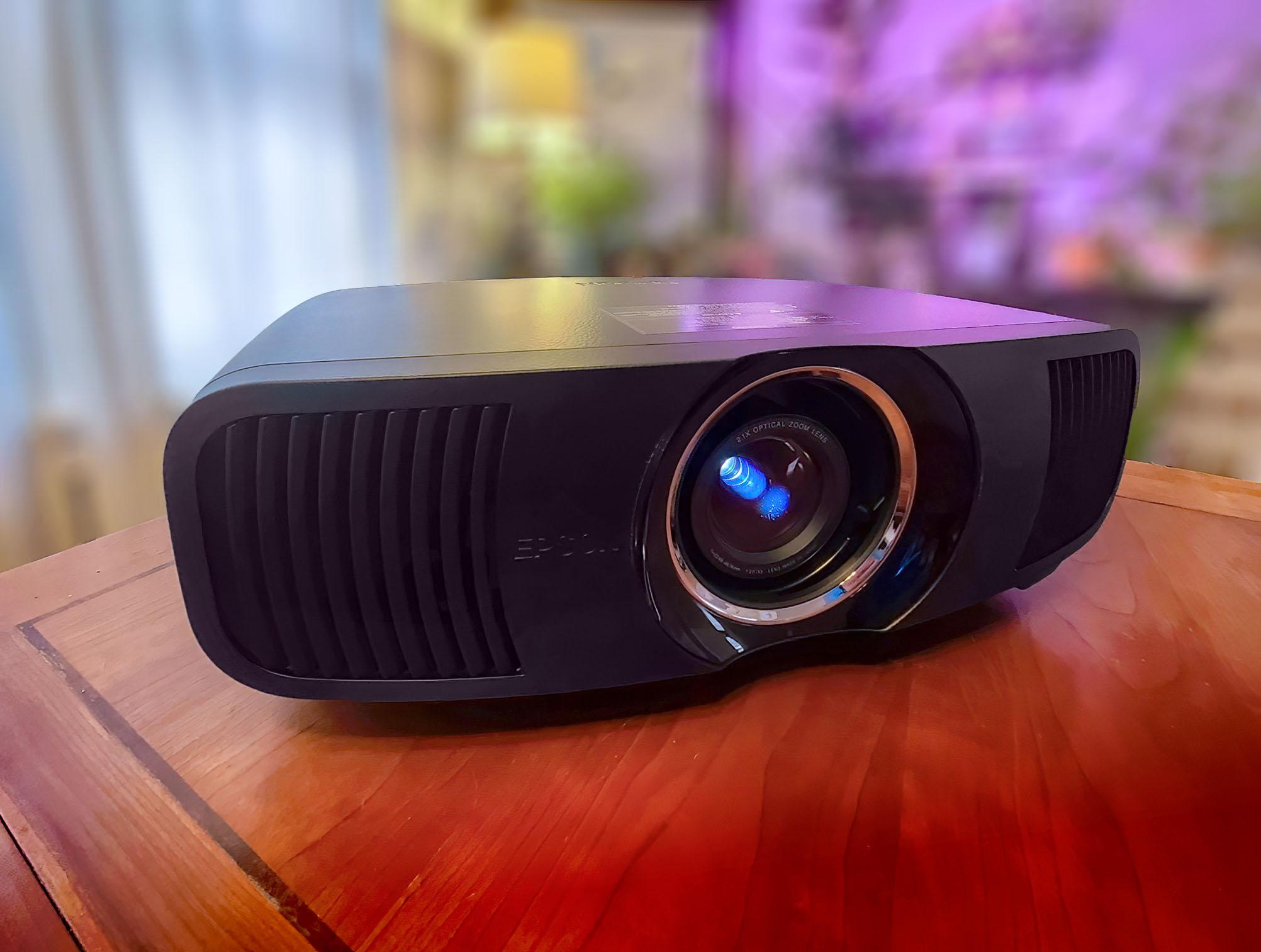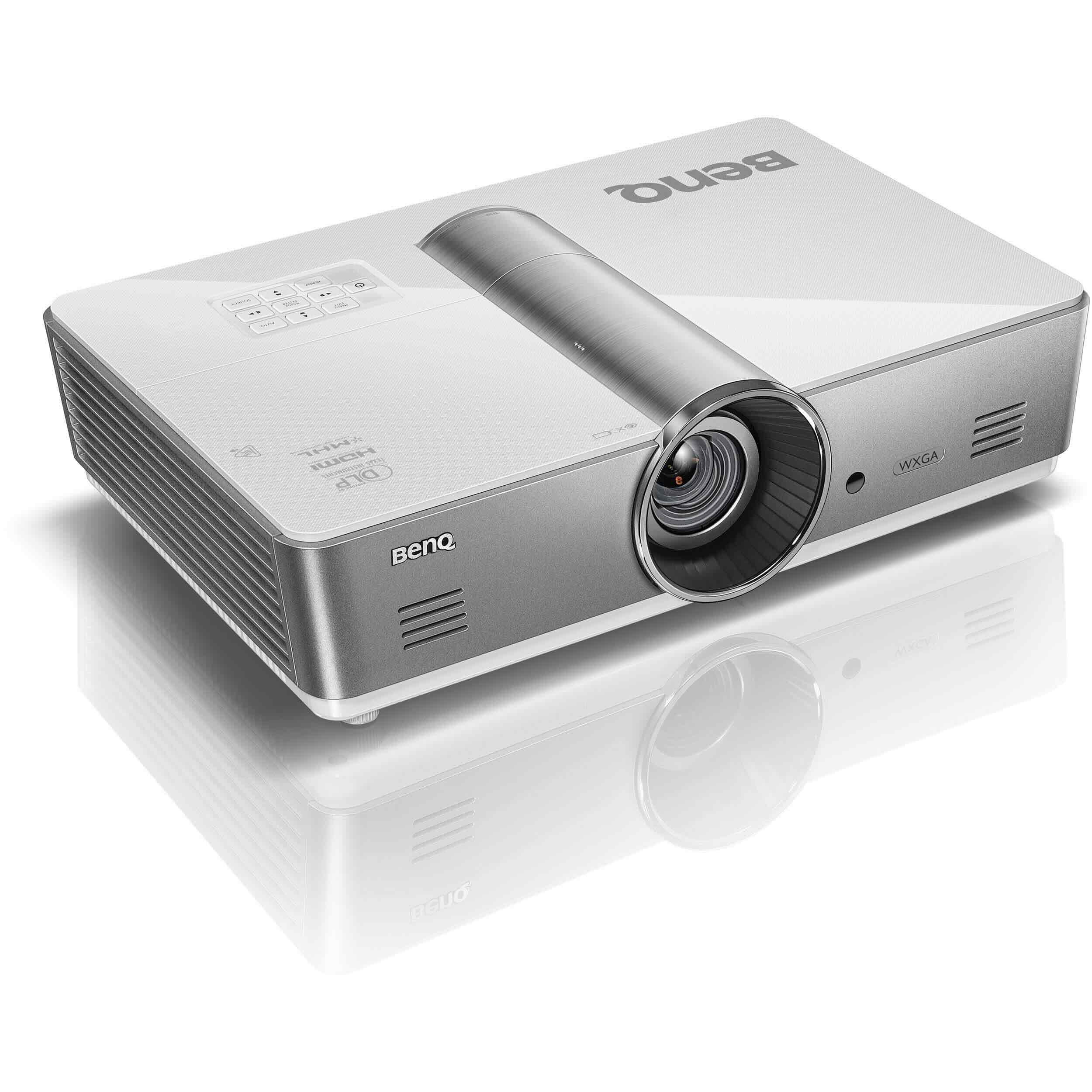Home>Technology>Home Entertainment Systems>What Does The Lumens In A Projector Mean


Home Entertainment Systems
What Does The Lumens In A Projector Mean
Modified: January 9, 2024
Discover the significance of lumens in a projector and how it impacts your home entertainment system. Learn how to choose the ideal projector for your viewing needs.
(Many of the links in this article redirect to a specific reviewed product. Your purchase of these products through affiliate links helps to generate commission for Storables.com, at no extra cost. Learn more)
Understanding the Significance of Lumens in Projectors
Introduction
When it comes to creating a captivating cinematic experience or delivering impactful presentations, projectors play a pivotal role in bringing visuals to life. However, the quality of the projected image is not solely dependent on the projector itself; rather, it is influenced by various factors, one of the most crucial being lumens. Understanding the concept of lumens and their role in projectors is essential for making informed decisions when purchasing or using these devices.
Lumens, in simple terms, refer to the measure of brightness emitted by a light source. In the context of projectors, lumens determine the brightness and clarity of the projected image. The higher the lumen count, the brighter the image will appear on the screen. This fundamental principle forms the basis of the visual performance of projectors, making it imperative to comprehend the significance of lumens in this realm.
In this comprehensive guide, we will delve into the intricacies of lumens in projectors, shedding light on their importance and the factors that influence their effectiveness. By the end of this exploration, you will gain a profound understanding of how lumens impact the visual output of projectors, empowering you to make well-informed decisions when selecting the ideal projector for your specific needs. Let's embark on this enlightening journey into the world of lumens in projectors.
Key Takeaways:
- Lumens in projectors determine how bright the image will appear. More lumens mean a brighter image, making it easier to see in well-lit rooms or for larger audiences.
- When choosing a projector, consider the lumen output based on where you’ll use it. For home theaters, 1500-3000 lumens are good; for bright rooms or big spaces, aim for 3000+ lumens.
Read more: What Does Short Throw Projector Mean
Understanding Lumens
Before delving into the technical aspects of lumens in projectors, it’s essential to grasp the fundamental concept of lumens and their relevance in the realm of visual display technology. Lumens, in the context of lighting and projection systems, serve as a metric for measuring the total amount of visible light emitted by a source, such as a bulb or LED, within a specific unit of time.
When applied to projectors, lumens play a critical role in determining the brightness and clarity of the projected image. In essence, the higher the lumen count of a projector, the brighter and more visually impactful the projected content will appear on the screen or projection surface. This is particularly significant in environments where ambient light or external illumination may affect the visibility of the projected image.
It’s important to note that lumens are not synonymous with resolution. While resolution pertains to the clarity and level of detail in an image, lumens specifically quantify the brightness of the projected content. This distinction is crucial when assessing the suitability of a projector for a given setting or application.
Furthermore, understanding lumens involves recognizing their role in compensating for ambient light. In scenarios where projectors are used in well-lit environments, such as conference rooms or living rooms with ample natural light, a higher lumen output becomes imperative to ensure that the projected content remains vivid and discernible amidst competing sources of illumination.
As such, the concept of lumens in projectors extends beyond mere technical specifications; it directly impacts the user experience and the efficacy of visual communication. Whether it’s enjoying a movie in a home theater setup or delivering a compelling presentation in a brightly lit boardroom, the lumens of a projector significantly influence the overall viewing experience and the effectiveness of the conveyed content.
With this foundational understanding of lumens, we can now explore their pivotal role in the context of projectors, elucidating their impact on image quality, versatility, and real-world applications.
Importance of Lumens in Projectors
The significance of lumens in projectors cannot be overstated, as these units of brightness measurement directly correlate with the visual impact and usability of the projected content. Whether in a professional setting, educational environment, or home entertainment setup, the lumen output of a projector profoundly influences the overall viewing experience and the effectiveness of visual communication.
One of the primary reasons why lumens hold such paramount importance in projectors is their role in ensuring optimal image clarity and brightness. In environments where ambient light is a factor, such as conference rooms or living spaces with large windows, a projector with a higher lumen rating becomes indispensable. This higher lumen output enables the projected content to remain vivid and discernible, even in well-lit conditions, thereby enhancing the versatility and usability of the projector across various settings.
Moreover, the importance of lumens is underscored in the realm of home entertainment systems. For instance, in a home theater setup, the lumen output of a projector directly impacts the immersive quality of the viewing experience. A projector with sufficient lumens can deliver vibrant, high-contrast images, effectively replicating the cinematic ambiance within the confines of a home environment. This is particularly relevant for movie enthusiasts and gamers who seek to recreate an immersive visual experience without compromising on image quality.
Beyond the realm of entertainment, the importance of lumens in projectors extends to professional applications, such as business presentations and educational settings. In these scenarios, the ability of a projector to deliver bright, clear visuals is instrumental in capturing and maintaining the audience’s attention. A projector with a higher lumen count ensures that the presented content is visually engaging and easily comprehensible, thereby enhancing the efficacy of the communication or instructional delivery.
Furthermore, the importance of lumens in projectors is intertwined with the concept of scalability and flexibility. A projector with ample lumen output can accommodate larger screen sizes without compromising on image quality, making it suitable for diverse projection requirements, ranging from intimate home setups to expansive auditoriums or lecture halls.
In essence, the importance of lumens in projectors permeates every facet of visual display technology, from enhancing entertainment experiences to facilitating effective communication and education. By recognizing the pivotal role of lumens, individuals and organizations can make informed decisions when selecting projectors that align with their specific requirements, ultimately optimizing the visual impact and usability of these essential devices.
The lumens in a projector measure its brightness. The higher the lumens, the brighter the image. When choosing a projector, consider the environment it will be used in to determine the appropriate lumens needed for optimal viewing.
Factors Affecting Lumens in Projectors
Several key factors contribute to the determination of lumens in projectors, collectively influencing the brightness and visual performance of these essential display devices. Understanding these factors is crucial for evaluating and selecting projectors that align with specific usage scenarios, ensuring optimal image quality and usability.
- Light Source Technology: The type of light source utilized in a projector significantly impacts its lumen output. Traditional lamp-based projectors and modern LED or laser projectors exhibit variations in their lumen efficiency, with the latter often offering higher brightness levels for a given power input. LED and laser projectors, known for their longevity and energy efficiency, can produce brighter images while maintaining consistent lumen output over an extended lifespan.
- Projection Surface and Screen Gain: The characteristics of the projection surface and the screen gain, which refers to the reflective properties of the screen material, influence the effective brightness of the projected image. A high-gain screen can enhance the perceived brightness of the projected content, allowing for a more impactful visual experience, especially in environments with ambient light.
- Optical System and Lens Quality: The design and quality of the projector’s optical system and lens assembly play a pivotal role in determining the efficiency of light transmission and focus. A well-engineered optical system can maximize the utilization of lumens, ensuring that a higher percentage of emitted light contributes to the projected image, thereby enhancing overall brightness and clarity.
- Color Processing and Contrast Enhancement: Advanced color processing technologies and contrast enhancement mechanisms integrated into projectors can influence the perceived brightness and visual depth of the projected content. By optimizing color accuracy and contrast levels, projectors can deliver compelling visuals, even at lower lumen outputs, resulting in vibrant and immersive imagery.
- Environmental Conditions: The ambient light conditions in the intended usage environment directly impact the perceived brightness of the projected image. In well-lit settings, such as conference rooms or living spaces with natural illumination, projectors with higher lumen outputs are essential to maintain image clarity and visibility. Conversely, in light-controlled environments, projectors with lower lumen ratings may suffice for producing impactful visuals.
By considering these influencing factors, individuals and organizations can make informed decisions when selecting projectors, ensuring that the chosen devices align with the specific requirements of their intended applications. Whether for home entertainment, professional presentations, or educational purposes, understanding the interplay of these factors with lumens empowers users to optimize the visual performance and usability of projectors in diverse settings.
Choosing the Right Lumens for Your Projector
When selecting a projector, determining the appropriate lumen output is a critical consideration that directly impacts the visual performance and usability of the device in various settings. Whether for home theater setups, business presentations, or educational environments, choosing the right lumens ensures that the projected content remains vibrant and visually engaging, regardless of ambient light conditions or screen size.
For home entertainment enthusiasts seeking to create a captivating cinematic experience, the ideal lumen range for projectors typically falls between 1500 to 3000 lumens. This range enables the projector to deliver vibrant, high-contrast images, making it suitable for dark or moderately lit home theater environments. Additionally, projectors within this lumen range can accommodate larger screen sizes while maintaining optimal image brightness and clarity, contributing to an immersive viewing experience.
In professional settings, such as boardrooms, conference venues, and classrooms, the lumen requirements of projectors may vary based on the ambient light conditions and the intended audience size. For well-lit spaces where ambient light cannot be fully controlled, projectors with lumen outputs ranging from 3000 to 5000 lumens are recommended. These higher lumen ratings ensure that the projected content remains visible and impactful, even in brightly illuminated environments, facilitating effective presentations and instructional sessions.
When considering ultra-bright environments, such as large auditoriums, lecture halls, or outdoor venues, projectors with lumen outputs exceeding 5000 lumens are often preferred. These high-lumen projectors are designed to deliver exceptionally bright and visually striking imagery, catering to expansive screen sizes and challenging ambient light conditions. Their robust brightness capabilities make them suitable for large-scale visual presentations and events where uncompromising image clarity is paramount.
It’s important to note that while higher lumen outputs offer enhanced brightness and versatility, the specific lumen requirements for a projector should be contextualized within the intended usage environment and the characteristics of the projection surface. Factors such as screen size, screen gain, and ambient light conditions play a crucial role in determining the optimal lumen range for a given application.
Ultimately, choosing the right lumens for your projector entails a thoughtful assessment of the intended usage scenarios, the environmental variables, and the desired visual impact. By aligning the lumen output of the projector with the specific requirements of the application, individuals and organizations can ensure that the projected content maintains its visual integrity and captivates audiences across diverse settings.
Read more: What Does 4K Support Mean On A Projector
Conclusion
As we conclude our exploration of lumens in projectors, it becomes evident that these units of brightness measurement wield profound influence over the visual impact and usability of projectors across diverse applications. Whether in the realm of home entertainment, professional presentations, or educational settings, the lumen output of a projector serves as a pivotal determinant of image brightness, clarity, and versatility.
By understanding the significance of lumens and their role in compensating for ambient light, individuals and organizations can make informed decisions when selecting projectors that align with their specific requirements. The interplay of factors such as light source technology, optical system design, and environmental conditions underscores the nuanced nature of lumen considerations, emphasizing the need for a contextualized approach to choosing the right projector for a given setting.
Furthermore, the importance of lumens in projectors extends beyond technical specifications, permeating every facet of visual display technology. From enhancing entertainment experiences to facilitating effective communication and education, the lumen output of projectors directly impacts the overall viewing experience and the efficacy of visual communication.
As technology continues to evolve, and innovative advancements in light source technologies and projection systems emerge, the landscape of lumens in projectors is subject to dynamic shifts. It is imperative for consumers and industry professionals to stay abreast of these developments, leveraging the latest advancements to optimize the visual performance and usability of projectors in an ever-expanding array of settings.
In essence, the journey into the world of lumens in projectors serves as a testament to the intricate balance between technical specifications and real-world applications. By embracing this balance and recognizing the multifaceted impact of lumens, individuals and organizations can harness the full potential of projectors, creating compelling visual experiences and effectively conveying information in an increasingly visual-centric world.
As we embark on this enlightening journey, may our understanding of lumens in projectors empower us to make informed decisions, elevate visual experiences, and embrace the transformative power of projected imagery in all its luminous brilliance.
Frequently Asked Questions about What Does The Lumens In A Projector Mean
Was this page helpful?
At Storables.com, we guarantee accurate and reliable information. Our content, validated by Expert Board Contributors, is crafted following stringent Editorial Policies. We're committed to providing you with well-researched, expert-backed insights for all your informational needs.















0 thoughts on “What Does The Lumens In A Projector Mean”